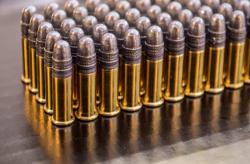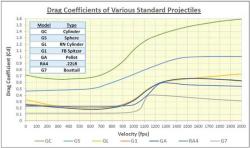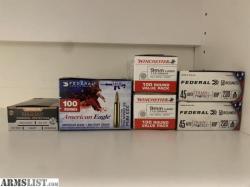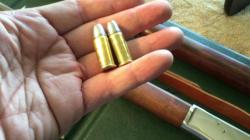Do ballistic coefficients have units?
Yes, ballistic coefficients have units, and understanding these units is crucial for accurately interpreting the significance of ballistic coefficients in ballistics and firearms. The ballistic coefficient (BC) is a numerical measure that quantifies how well a projectile retains its velocity in flight. It is a dimensionless quantity, meaning it has no units when expressed in its standard form.
The standard form of ballistic coefficient is often denoted as a decimal or a fraction, such as 0.450 or 1/2.25. In this form, the ballistic coefficient is a ratio of the projectile's sectional density to its drag coefficient. The formula for calculating ballistic coefficient is:
While the ballistic coefficient itself is dimensionless, the components used to calculate it have specific units:
Sectional Density (SD):
- Units: Mass per unit area (typically expressed in units like pounds per square inch, kilograms per square meter, or grams per square centimeter).
Drag Coefficient:
- Dimensionless: The drag coefficient is a dimensionless coefficient that characterizes the aerodynamic drag force experienced by the projectile.
When these units are combined in the ballistic coefficient formula, the units cancel out, leaving a dimensionless result. This dimensionless value is what is commonly referred to as the ballistic coefficient.
It's important to note that there are different methods for expressing ballistic coefficients, and some sources might use alternative units or representations. Additionally, some ballistic tables or ballistics software may present ballistic coefficients in units like lb/in² or kg/m², which can be interpreted as the same dimensionless ratio.
In summary, while the ballistic coefficient itself is dimensionless, the components used to calculate it (sectional density and drag coefficient) have specific units that contribute to the overall performance and aerodynamics of the projectile.
Do ballistic coefficients possess units of measurement?
Yes, ballistic coefficients (BC) possess units of measurement. These units represent the relationship between the mass, diameter, and drag coefficient of a projectile. The specific units used for ballistic coefficients depend on the system of measurement being used.
Are there specific units associated with ballistic coefficients?
The most common units for ballistic coefficients are:
Pounds per square inch (lb/in²): This is the standard unit for ballistic coefficients in the United States and Canada.
Kilograms per square meter (kg/m²): This is the standard unit for ballistic coefficients in the International System of Units (SI).
Grains per square inch (gr/in²): This is an older unit of measurement that is still sometimes used in the reloading community.
How are units of measurement applied in the context of ballistic coefficients?
The units of measurement for ballistic coefficients are used to express the relationship between the mass (m), diameter (d), and drag coefficient (Cd) of a projectile. The formula for ballistic coefficient is:
BC = m / 7000d²Cd
where:
- BC is the ballistic coefficient
- m is the mass of the projectile in pounds (lb) or kilograms (kg)
- d is the diameter of the projectile in inches (in) or meters (m)
- Cd is the drag coefficient of the projectile (dimensionless)
The drag coefficient is a dimensionless number that represents the aerodynamic resistance of the projectile. It is typically determined experimentally or through computational fluid dynamics (CFD) simulations.
The ballistic coefficient is a useful parameter for predicting the trajectory of a projectile. It is used in ballistic tables and trajectory calculators to estimate the range, flight time, and impact point of a bullet or projectile.












